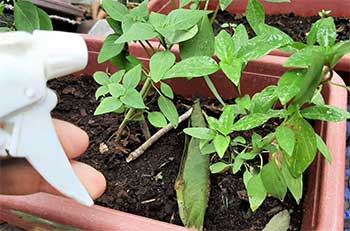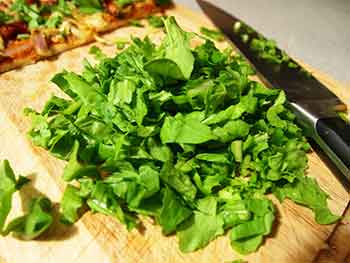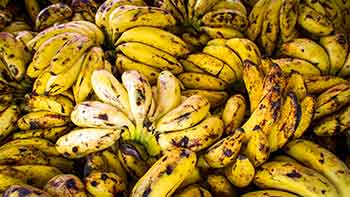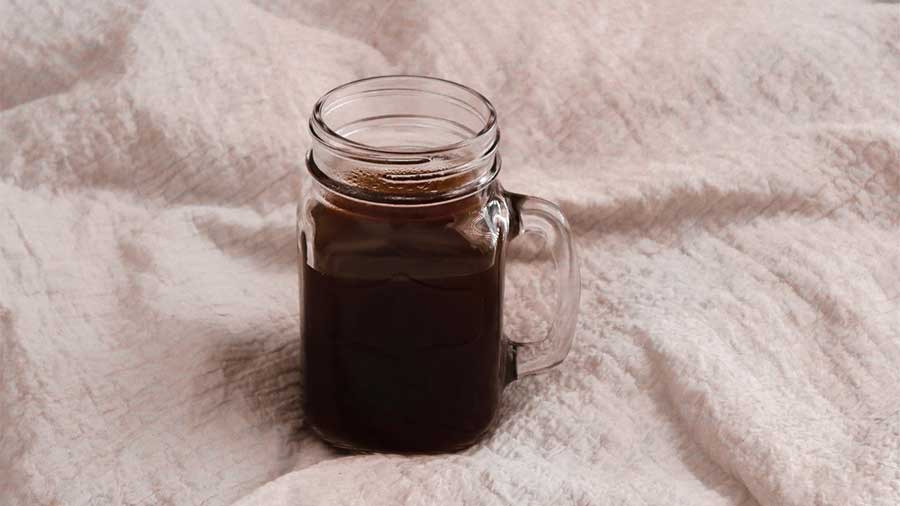There are many uses of molasses, especially in the kitchen. But if you’re looking for organic ways in fertilizing your garden, then molasses can be very useful. The main purpose of using molasses in the garden is to provide food for the beneficial microorganisms in the soil.
Some of these good microbes can fix nitrogen in the soil, like rhizobium and mycorrhiza. They take nitrogen from the air and put them in the soil. If you are really into gardening, then you would know that nitrogen is one of the three important macronutrients needed by plants. The other two are phosphorus and potassium. So once nitrogen is fixed in the soil, the plants can utilize it.
Simple Ways to Use Molasses as Fertilizer
A simple way to use molasses as fertilizer is to mix it with water and apply it as a spray. A good ratio is 2 tablespoons of molasses per liter of water. You can use this to spray your plants once a week. If you have a pile of compost at home, molasses will speed up the decomposition process.

Simply dilute 2 tablespoons of molasses into a gallon of water. Use this mixture to spray your compost. The beneficial microbes will populate your compost quickly. You can also use this mixture to drench the soil, especially for potted plants.
Using Molasses To Make an Improved Fermented Liquid Fertilizer
The best thing that you can do with molasses is to use it in a process called fermentation. Fermentation is a process where you extract huge amounts of nutrients from organic matter. Basically, you soak a nutrient-rich material in molasses for a certain amount of time and let the beneficial microbes break them down.
The molasses will serve as their food as they break down the organic matter. After 3-4 weeks, you will then have a fermented liquid fertilizer that is rich in nitrogen, phosphorus, or potassium, depending on the organic matter that you used.
This liquid fertilizer will then be diluted in water ready to be used as a foliar fertilizer.
Here are the steps in making a fermented molasses fertilizer:
- Slice the organic materials into small pieces
- Add the molasses into the sliced organic materials
- Transfer the mixture to a clean container that can be closed with a lid
- Wait 3-4 weeks until the fermentation process is complete
Step 1: Slice the organic materials into small pieces and put them in a large bowl
If you like to have a fertilizer that is rich in nitrogen, I suggest you use spinach, potato, sugar snap pea leaves, alfalfa, and other green leafy vegetables. I also like to include fresh grass clippings from my backyard. You may chop them, or ground them using a mortar and pestle.

The smaller they get, the faster will be the fermentation process. It also helps that when you slice it, their plant juices will ooze out, which will then mix with the molasses.
If you want to produce a potassium-rich fertilizer, you can use banana, avocado, papaya, and carrot. You may use a blender or food processor to turn these into finer sizes which make the fermentation process more efficient.
Step 2: Add the molasses into the sliced organic materials
Transfer the sliced materials into a clean container then add the molasses. Mix them thoroughly with a spoon or a spatula. Mix for about 5 minutes to make sure everything is soaked in molasses. However, to speed up the process, you can use a blender. Place the sliced organic material in a blender. Add in the molasses.
The ratio is 1:2. For 1 every part of molasses, use 2 parts of organic material. If you have 200 grams of organic materials, you need to add 100 grams of molasses. Blend until you get a smooth texture.

Step 3: Transfer the mixture to a clean container that can be closed with a lid
I am using a plastic soda bottle for this. It may be better to use a wide-mouthed container so you can mix it easily. Seal the container with a lid, but make sure not to seal it tightly. The fermentation process will produce gases. Pressure will build up inside the container if the gases cannot escape. This might cause the container to explode.
To make sure this won’t happen, open the container daily to let the gases out and at the same time, mix the concoction with a clean spoon or spatula.
Step 4: Wait 3-4 weeks until the fermentation process is complete
The fermented fertilizer concoction is ready to use after 1 week. However, some materials may not be completely broken down yet. When the beneficial microbes breakdown the organic matter, it turns it into liquid. It is better to give it more time to break down.
It is better to wait for a month before using it. But 3 weeks is also ok, especially if the materials are finely chopped. The ideal scenario is when all the materials are completely liquefied. All the plant materials, such as the leaves and stems are completely dissolved.
Harvesting the Fermented Molasses Fertilizer
Once you are ready to harvest the fermented molasses fertilizer, check first if the entire procedure was successful. The best way to check if the concoction is a success is by smelling it. When you open the container, it doesn’t have that foul, rancid smell.
If you used leafy materials, the smell should be comparable to that of a natural tea. It has that sweet and herbal smell.
To harvest, simply filter out the remaining solid particles. You may use a cloth or a strainer and transfer all the liquid to a clean container. The remaining solid particles can be added to your compost. If you don’t have one, simply sprinkle them on the soil around the plant. This process is called topdressing.
Because molasses is a natural preservative, you can use this fertilizer for up to a year. Just make sure to keep it in a clean container to avoid contaminants. Also, remember that the fermentation process may still be ongoing.
Don’t try to close the lid tightly because the microbes may still be releasing gasses which could build up pressure inside the container. It is good to open the lid maybe twice a week. Always store it in a cool, dry place. I just store it under the sink.
Applying the Molasses Fertilizer as Foliar Spray
The best way to apply the fermented plant juice to your plants is to use it as a foliar fertilizer. Foliar feeding is when the fertilizer is applied directly to the leaves of a plant, usually through spraying. With foliar feeding, the nutrients are absorbed directly through the leaves of the plant. The leaves absorb the nutrients through the stomata.
It is best to spray the fertilizer in the early morning or late afternoon. This is when the plant’s stomata are open. To use it as a spray, you need to dilute it first in water. The proper ratio is 10 ml of fermented molasses fertilizer per 1 liter of water. This is roughly 2 tablespoons per liter of water. Mix thoroughly before spraying. Spray twice a week.
Benefits of Using Molasses as Fertilizer
Again, molasses is used by the beneficial microorganisms in the soil as food. In short, when you use molasses as fertilizer, you are feeding the microbes in the soil, which in turn, feed your plants.
Some microbes capture the nitrogen in the air and transfer it to the soil to be absorbed by the plants’ roots. The second benefit of beneficial bacteria for plants is that they can increase their resistance to disease. Good microbes tend to suppress the growth of pathogens in the soil. These pathogens can cause various diseases in plants. Third, the microbes make plant food more readily available in the soil.
Basically, the soil contains organic matter that can be used as food by plants. But they cannot utilize these before they have been decomposed. So these microorganisms decompose the organic matter found in the soil so that they can be utilized by the plants.









